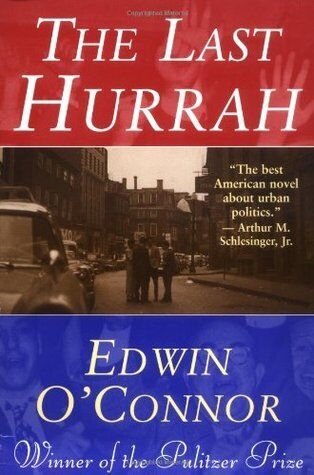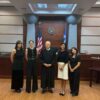Marianas Variety’s top story on Oct. 10, 1980 was about the grand jury that convened to “sift evidence of possible bribery in connection with casino gambling.” (The casino measure was passed by the CNMI Legislature, rejected by the governor, but became law in Nov. 1978 after lawmakers overrode the veto. However, the law was overwhelmingly repealed by voters in the Nov. 1979 elections through a referendum petition whose primary supporters included the bishop of Guam.)
Anyway.

According to the Associated Press, “centuries-old rules have kept grand juries under wraps to protect the reputations of people who end up not being charged and to encourage reluctant witnesses to testify.” In proceedings closed to the public and members of the media, the AP added, “grand jurors listen to evidence presented by prosecutors and hear from witnesses. There is no judge present nor anyone representing the accused, and prosecutors do not have to offer any evidence favorable to the defense.”
In the case of the 23-member grand jury on Saipan in Oct. 1980, the people of the CNMI learned that the panel, after five separate sessions, voted 10-13 against an indictment which required 12 votes. The grand jury was impaneled in Jan. 1980 and met twice that month. It then recessed until April when it met once more, and then held no sessions until Oct. 8 and 9, 1980. “Naturally, I’m very disappointed,” MV quoted a U.S. Department of Justice attorney as saying.
The FBI investigation started in July 1979, MV reported. All lawmakers and administration officials were interviewed. Seven agents from Honolulu and the mainland U.S. checked into allegations that money had been offered to some officials in connection with their vote to allow casino gambling on Saipan. “Although a source close to the investigation claimed that there was sufficient evidence of wrongdoing by some, other knowledgeable sources said they were not impressed by the evidence….”
Also on the MV frontpage was a stand-alone photo of one of the two buses of the island’s pilot public transit system, Mas Mauleg Corp. Says the photo caption: “Although passengers are still scarce on most of the runs, transportation officials hope to lure more persons out of cars into buses to conserve fuel and to lighten traffic.”
In the same issue was the news report about two prisoners who were “captured 36 hours after they escaped from the Saipan jail, burglarized a house and abducted and raped a young woman.” One of the criminals was 23 years old while the other was 18. The first was found in the boonies in Puerto Rico while the second was found on Navy Hill. The manhunt through rain-drenched boonies was led by the commander of the detective bureau, and included 20 officers and civilians. The criminals “escaped Sunday night after asking [the guard] to let them have a drink from the refrigerator which is outside the prison compound.”
In other news, the CNMI’s Democratic governor issued a statement defending his Finance director “whom the Senate wants [the governor] to fire,” MV reported. The Senate had accused the director of “incompetence, nonfeasance and neglect,” and causing dissension and morale problems among employees. But the governor said his Finance director was “a loyal and dedicated” cabinet member.
On Oct. 24, 1980, MV published a news story titled, “Greater Use of Local Foods Sought”: “In an effort to develop nutrition education and promote greater utilization of locally produced foods, a nutrition conference was sponsored on Saipan by the Trust Territory Nutrition and Training Program this month.” Among the topics discussed were “methods of increasing the usage of locally grown fruits and vegetables and locally caught fish in school feeding programs.” Moreover, “nutrition curriculum materials emphasizing Pacific Island foods and their health values were shared among conference participants.”
The interim personnel management officer made it to MV’s frontpage on Oct. 31, 1980. The trial court was told that he authorized “three raises for himself in a single day, including one for a job that does not exist.” He also “obtained a job as personnel specialist for his brother-in-law, and approved the hiring of another man who went to work for his uncle….” The counsel for the personnel office, which was under the governor’s office, told the court that the interim personnel management officer “relied on the advice of his staff and apparently was given bad information.”
The headline on page 3 of the same issue read “Crackdown Ordered on Travel, Overtime”:
“A ceiling on the number of government employees, combined with a crackdown on excess overtime, travel and education leave is expected to trim about $2 million [around $6.3 million today] a year from operations.
“That was the estimate [of the] planning and budget affairs officer who laid down a number of directives to department heads and activity heads in a memo….
“He said he hopes to be able to trim the overtime and travel costs by about 50% through more stringent monitoring and making the department directors responsible for the authorizations.
“[He] said that $1.4 million [about $4.4 million today] or $14% of last year’s $10 million [about $31.58 million today] payroll was spent for overtime wages.” Total travel cost? $2.5 million which is about $7.89 million today.
Incidentally, of the 1,700 CNMI jobs back then, 1,400 were paid by federal Covenant funds and the rest…by federal grants.
Send feedback to editor@mvariety.com











